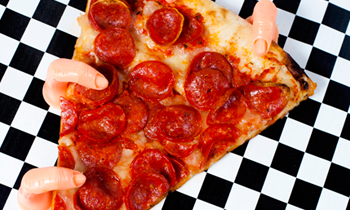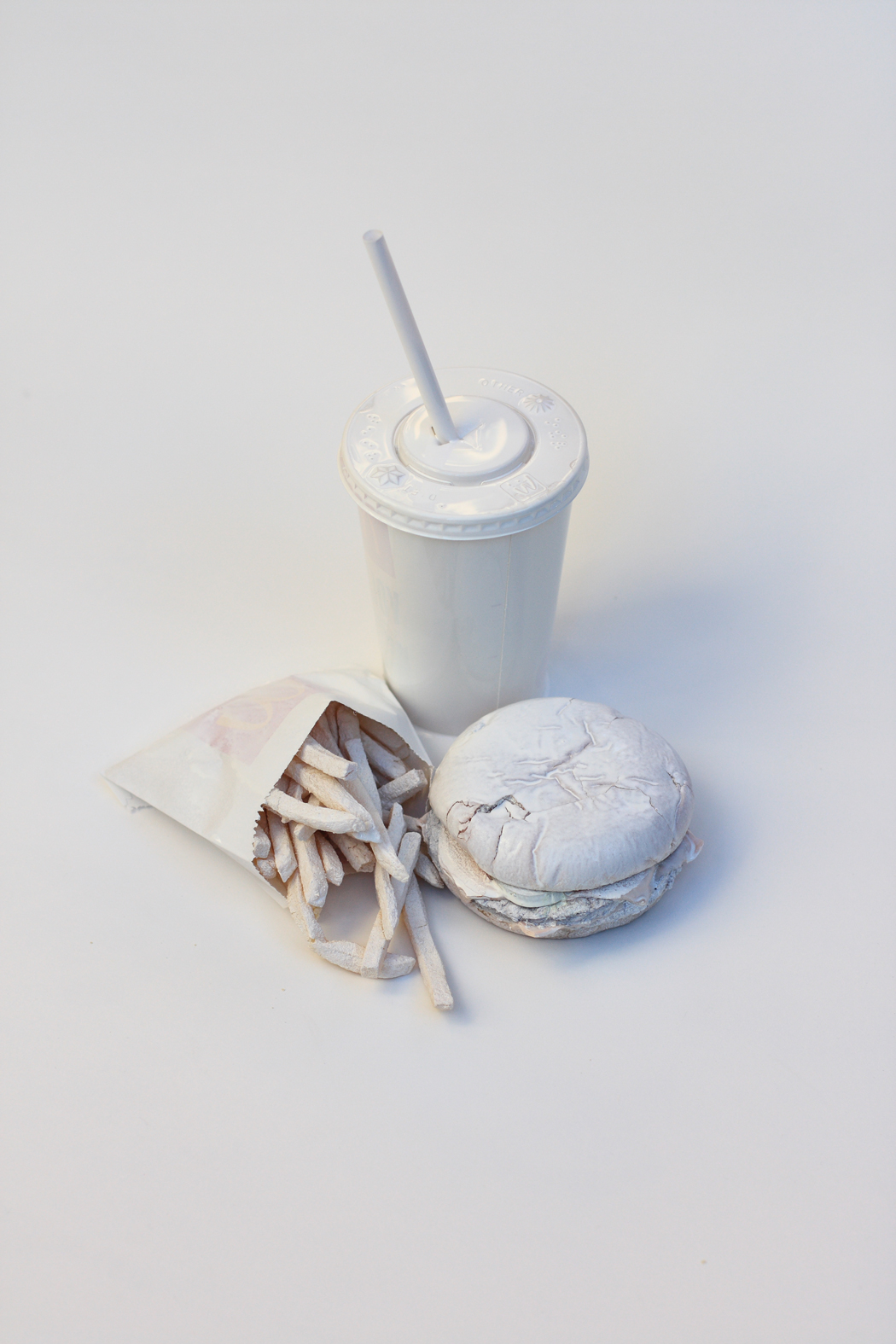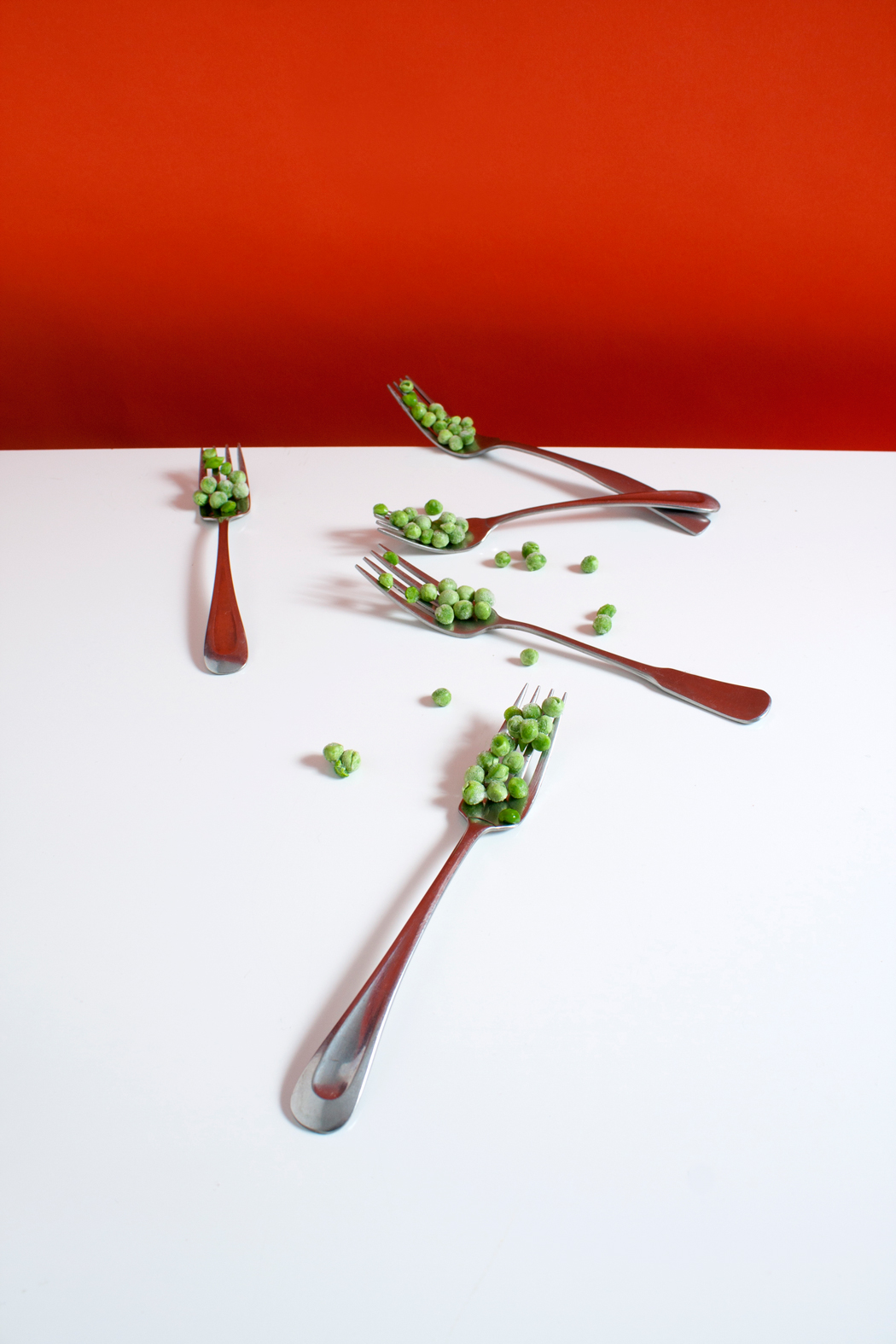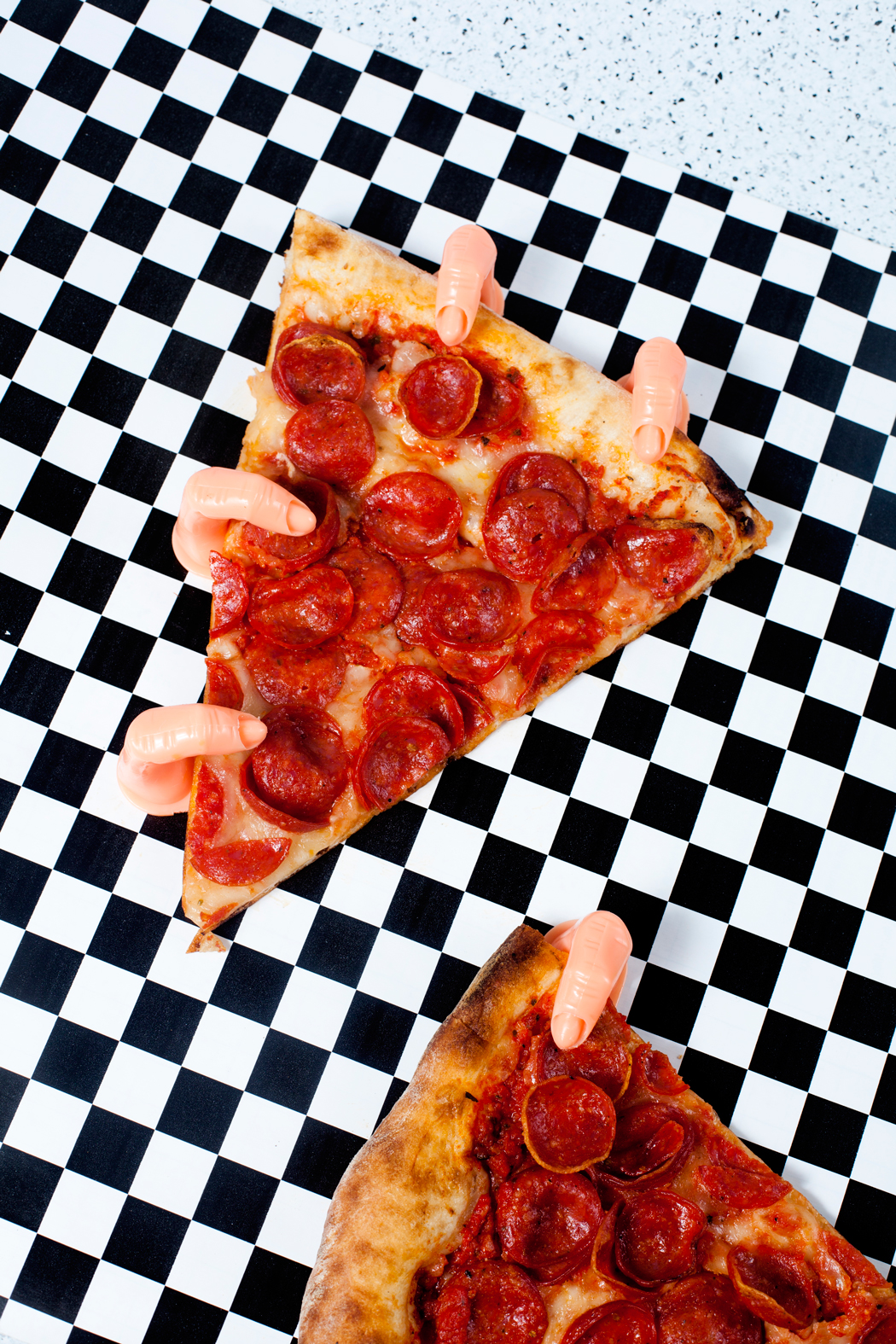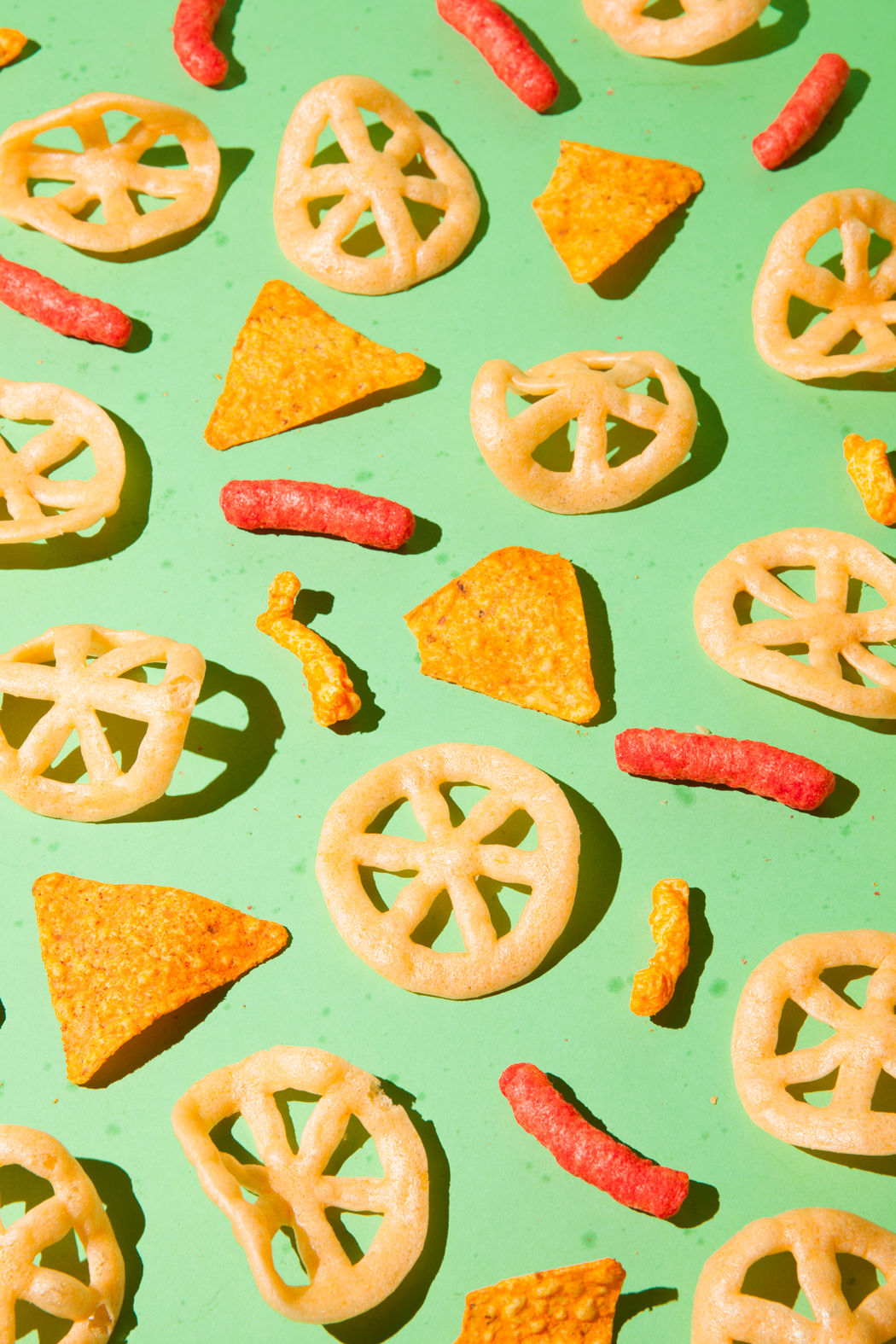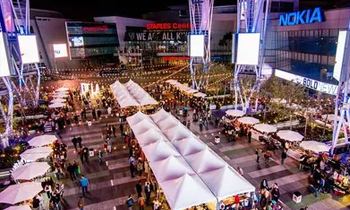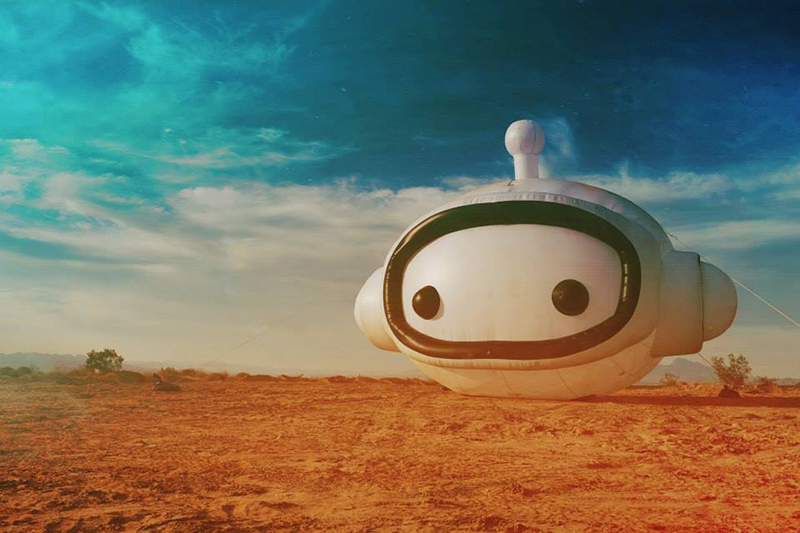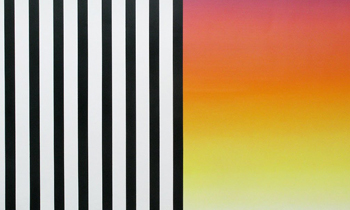For artist Stephanie Gonot, what began as an innate fascination with the interplay of shapes, colors, and textures evolved into a fully-fledged career in food photography. We caught up with Stephanie while she unloaded props at her studio to discuss her love affair with still life, the merits of working with others, and where to get great ramen in Los Angeles.
LA CANVAS: Are you an LA native?
STEPHANIE GONOT: I’m originally from Sacramento. I’ve lived in Los Angeles for five years, in Echo Park, and this is home now.
LAC: So you’ve found your neighborhood.
SG: Yeah. I lived in LA once before. I was in Brentwood and that was not working for me. So, I left for a couple of years. I eventually moved back, came over to Echo Park, and was like “OK, I get it now. This is where I’m supposed to be.”
LAC: Did you study photography?
SG: I went to UC Davis and I got degrees in both Political Science and Studio Art. I mostly did painting; photography came later. After graduating, I worked at the State Capitol as a legislative aid to a senator. My job was to write letters to the senator’s constituents as him, and then he would sign them. It was my first job out of school and soon I was like… eh, I don’t know about this. So, I found an internship at a commercial and music video production company in Santa Monica doing whatever they needed me to do. One of my tasks was helping directors put treatments together. The directors would come to me and ask me to find pictures for their treatments. There was a photo library at the office, so I would go through photo books and scan a bunch of pictures. Sometimes they would have me go to Vidiots and pick up films so I could take stills from them. I was looking at a lot of still pictures at the time.
LAC: When did you first photograph food?
SG: It was when I first moved to Echo Park. I started working at Coolhaus (the ice cream sandwich shop), and I was working with ice cream a lot. I had the idea to have my friend hold ice cream cones against her boobs. We did that shot, I put it online, and people went crazy for it. So, I was inspired to look for food nearby and photograph it. I was just using stuff I could find in my house, at the grocery store, or at restaurants in the neighborhood. Then, I did a series called Fad Diets. I was putting stuff up on the Internet and, after awhile, I got requests to shoot for magazines.
LAC: What’s your favorite food? (as in, to eat)
SG: I’m very into ramen right now. I go to Silverlake Ramen. It’s really, really good. I was just in Japan for the first time and I tried ramen there. Silverlake Ramen holds up.
LAC: Will you be photographing ramen anytime soon?
SG: I would love to.
LAC: Do you cook?
SG: [Laughs] I’m not a very good cook.
LAC: You just like to play with your food.
SG: I guess so. When I was mostly shooting food, I couldn’t do my personal grocery shopping and my prop shopping at the same time. It got way too overwhelming. I couldn’t think about food both of those ways.
LAC: Personal projects vs. commercial projects?
SG: I think people come to me because I can add something to the art direction in addition to taking the photos. Clients often ask me to do things similar to my personal work. It’s cool, because most everything that I’m asked to do looks like stuff I already do. So I don’t separate my work on my website between fine art projects and commercial. I don’t have to be two different people.
LAC: Any recent favorites?
SG: I do a lot of work totally on my own in the studio. But some of my favorite jobs are ones where I have a team. It’s nice to collaborate with people who are on the same page with you. Those have been some of my favorite jobs—working with a creative team that really gets what you’re doing.
LAC: Have you always had a distinctive use of color in your work?
SG: I’ve always been very interested in colors and shapes. I did a lot of painting in college and I would do these Rothko-esque paintings with big patches of color on big canvases. I remember a painting teacher once asking me, “Are you going to add some details?” and I was like, “No, I’m good.” That’s what made me happy. And, in the photos I do now, there’s a lot of color blocking and interplay between different colors. If you squint your eyes, I guess some of my recent photos would look like the paintings I used to do. It’s almost as if my paintings then were blurry versions of my photographs now—they just came into focus.
LAC: Do you prefer photographing objects over people?
SG: In the past few years doing still life, I’ve learned a lot about lighting; and I’m now applying that to portraiture. I started off doing black and white photography, and now I’m doing portraits that are in the same style as my brightly colored food photography. It feels totally different photographing people now. I can really see how the light falls and it makes more sense to me. It’s fun figuring out what colors and lighting goes with each person’s face. It’s funny; I guess I’m looking at faces as objects now.

